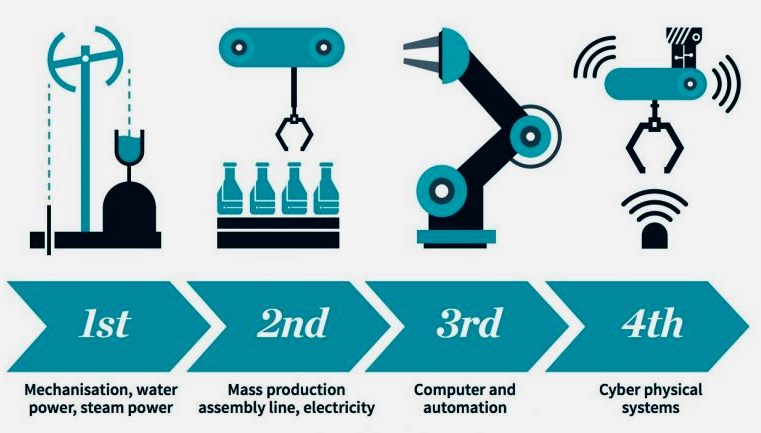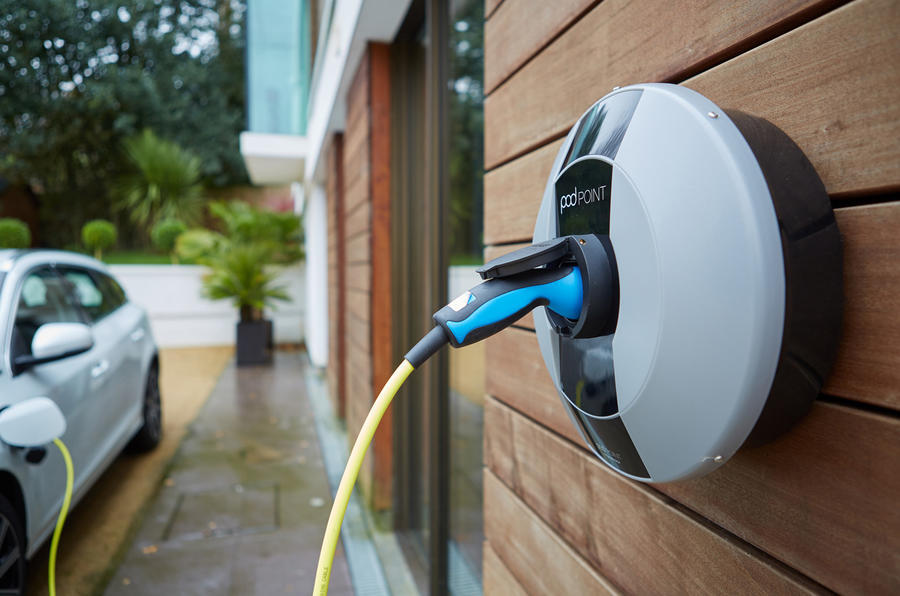By De Wet Joubert, RS Components Sub Sahara Africa
It’s amazing how quickly the world around us is changing. The fourth industrial revolution (4IR) is upon us and how we continue to adapt to this era of rapid technological and societal change is crucial. Why we need to adapt and how fast we are able to adapt to these changes remain a core question of our time, and education is a key factor in how we navigate these changes. As our society, its challenges and our possibilities for the future are changing, education needs to transform as an enabler for this progress.
Transforming education to align with the challenges of this new age is a big focus for the team at RS Components. We’re particularly interested in encouraging science, technology, engineering and mathematics (STEM) in schools, promoting digital skills development at universities and colleges, and also promoting after-study opportunities to prepare graduates for employment in this rapidly changing world.
4IR readiness requires ability to innovate
Readiness for the fourth industrial
revolution requires a broad array of technical skills combined with a burning
curiosity to find solutions to our most pressing problems. In this context our
aim is to inspire innovation and promote the ways which support innovative and
design thinking.
The importance of innovation in our industry is
inescapable. We supply electronic and industrial components, services and
solutions to a wide variety of sectors. Combined, these all power modern
equipment and inspire new strategies and ways of doing business. We help
companies around the world reach their goals or achieve a competitive advantage
by offering our mix of innovative products and solutions. We have supported
many customers as they create the 4IR.
Bringing 4IR to education
It is this kind of innovation and experience we
want to bring to the education space. The concepts and practical elements that
work in industry and that define 4IR are exactly those we want to infuse into
education. Our goal is to get students to start thinking about solving critical
problems using technology.
It’s while trying to address this idea that we
noticed a particular gap in the process. In most traditional education and
training environments the topic is approached in a rote fashion. Students are
told what to know and connect enough dots to pass a test. These students are
therefore not being inspired to think critically about the possibilities in
front of them, to think out of the box, to think differently. In this kind of
teaching environment, it will be difficult for them to take charge of the
technology and apply it to their own thinking to come up with multiple
solutions.
This is particularly important if we want to
encourage a greater uptake of STEM subjects. Telling a child to choose science,
technology, engineering and math is not enough. Teaching STEM isn’t enough.
What we need is the same spirit as those fun
chemistry teachers you can find on YouTube. Show-and-tell, then make it
relevant to the real world. Show students the tools and platforms, show what
they can do, show how they fit into industry and the rest of the world.
Taking 4IR to students everywhere
The journey can start at home. Minecraft-Pi (http://bit.ly/3bUfmjY), which comes bundled with Raspbian (http://bit.ly/2wwoDyn) (the Raspberry Pi’s free operating system), can be
manipulated using coding in the game. A child can play and learn Python (http://bit.ly/2wuMtdP), one of the most widely-used programming languages in the
world. They can go a step further and install Scratch (http://bit.ly/38JCuj8), a drag-and-drop coding game designed by the Massachusetts
Institute for Technology (MIT) which is also available for free through
Raspberry Pi, or via download from MIT.
The Raspberry Pi computer board (http://bit.ly/32cGeHs) is a marvel of technology, putting everything from basic to
very advanced 4IR tools in your hands for around $35. It’s also supported by DesignSpark (http://bit.ly/2SVk1te), an RS platform that offers free tutorials, software and
resources for students, teachers, parents and hobbyists.
But you don’t even need a Raspberry Pi to get
started. Tools such as Scratch are freely available. We should use these
various tools in combination to connect the dots between them and see the
amazing things the 4IR is already creating out there. This is how we create the
sparks of innovation and imagination in the minds of students.
This approach works. I’ve seen students build
small rockets, smart cameras and heat sensors. They can see how their thoughts
and ideas can become a reality. But the impact should be felt –in more schools
and more homes. If we can focus on inspiring students on what they can do with
digital technology, then 4IR stops being a virtual concept and starts becoming
tangible in the real world.
De Wet Joubert is with RS Components, Sub Sahara Africa
































